How to buy insurance in DeFi
This article covers buying and claiming insurance in DeFi with examples and links to step-by-step instructions for Nexus Mutual, a leading DeFi derivatives decentralized application (DApp), using the Bitcoin.com Wallet.
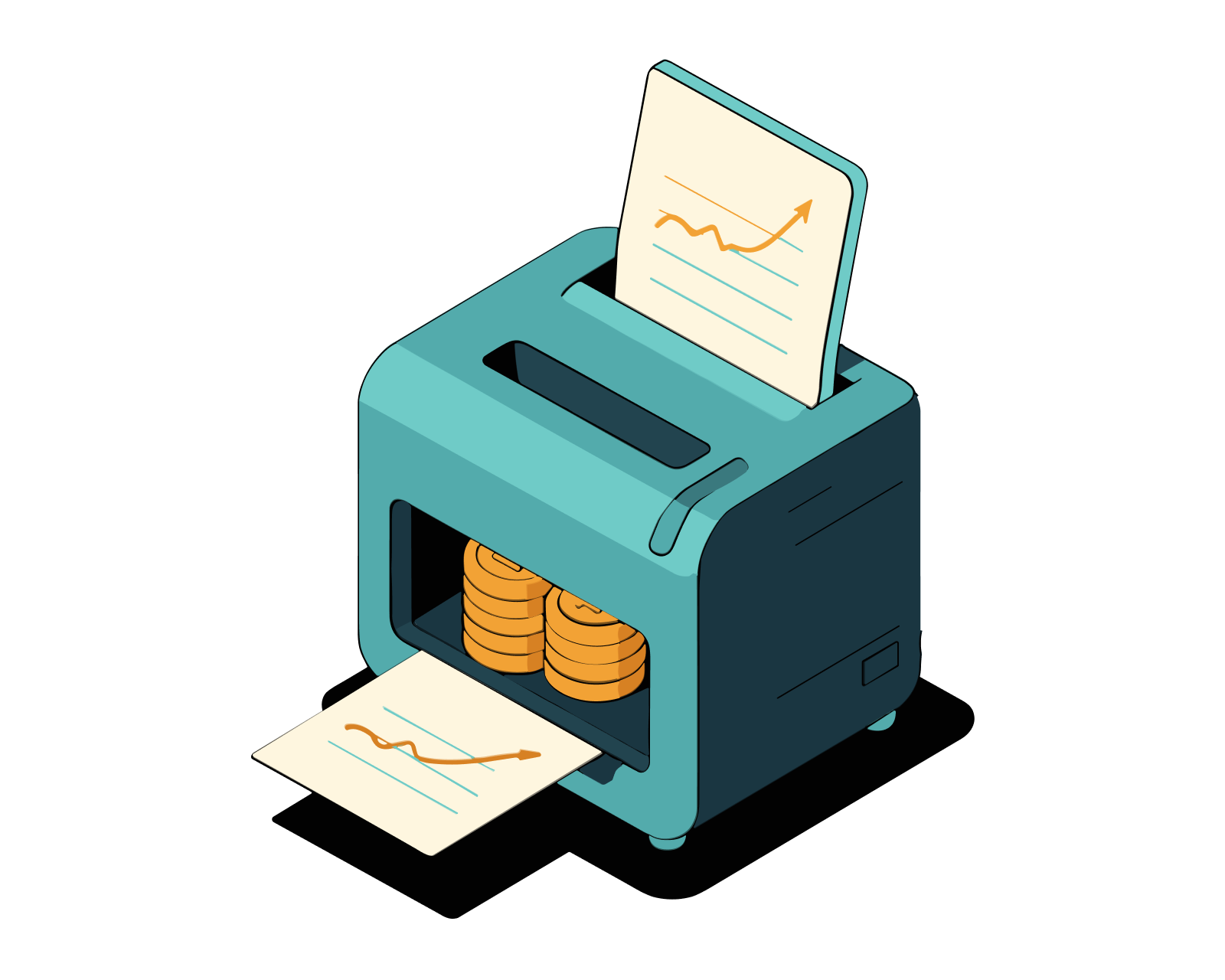
Table of Contents
The basics of insurance in DeFi
Blockchain increases efficiency by reducing the high costs and long processing times associated with traditional insurance companies.
Decentralized applications (DApps) can further increase efficiency and transparency gains over traditional insurance companies. They are more cost efficient by needing less overhead in terms of workforce, materials, and real estate. DApps are faster by using more automation via smart contracts, never sleeping (there are no DeFi business hours or holidays), and using a wider pool of people to asses risk. They are more transparent because assessments are done by on-chain members of the DeFi insurance protocol, and voted on by the community. By contrast traditional insurance claims are still decided in-house and with little to no insight into the opaque decision making process.
What you need in order to buy crypto insurance
You will need three things to buy insurance on a decentralized platform:
- Digital wallet
- Cryptocurrency
- Insurance platform site
Digital wallet: These wallets, also called crypto wallets or web3 wallets, hold cryptocurrencies and other digital assets like NFTs. The best wallets are self-custodial like the Bitcoin.com Wallet. Self-custody means you have full control over the contents of the wallet, whereas in custodial wallets a third party has ultimate control. Learn more about self-custody and its importance here.
Cryptocurrency: The wallet will need to contain cryptocurrency to pay for transaction fees as well as the insurance coverage . Transactions fees are used to pay for actions that make changes to a blockchain. They will be paid in the blockchain’s native currency. For example, ETH is used to pay for transaction fees on the Ethereum blockchain.
Insurance platform site: It’s important to use a reputable decentralized insurance platform that also has a good variety of coverage options and risk pools of sufficient size to cover your needs. The next section introduces just such a marketplace.
Introduction to Nexus Mutual
Nexus Mutual is a leading decentralized insurance platform with a focus on on-chain products, such as smart contract cover to protect against smart contract bugs and hacks. It is a UK-based business, structured and governed as an Ethereum-based DAO wholly owned by its members. Members' funds are held in a risk sharing pool and used to pay out claims. The community is involved in assessing and accepting coverage proposals and funding the pools through the platform’s token, NXM. NXM is used to purchase insurance coverage and participate in governance.
Key terms
Cover: This refers to the protection provided by an insurance policy, which pays for specific losses or damages the policyholder may experience. The types of losses covered depend on the cover purchased, and are spelled out in the conditions of the policy.
Claim: A claim is a request for payment made by a policyholder to the insurance platform for a covered loss or damages, as per the terms of the policy. The insurance platform reviews the claim, and if approved, pays for the covered losses up to the policy limits.
Protocol: This is often seen for a type of cover, i.e., “protocol cover." DeFi protocols are DApps that enable some kind of financial activity, such as swapping, lending, trading derivatives, and buying NFTs. Purchasing cover for a specific protocol protects against losing assets held on that platform.
How to buy crypto insurance
To get started buying crypto insurance, you will first need a reason to need insurance. House insurance is hardly useful if you haven’t purchased a house yet! Decentralized insurance platforms offer different kinds of cover, and different specific things within a category. For example, many platforms offer some form of smart contract protection, but one platform might not cover a specific DApp you use, and therefore need protection for.
Here are some things you can do within DeFi that might be worth getting insurance for:
- Trade derivatives: Read our guide on how to use derivatives in DeFi. Get cover on platforms such as dYdX.
- Lend or borrow: We have two guides on using DeFi lending platforms. How to lend in DeFi and How to borrow in DeFi. Get cover for lending platforms like Aave.
- Yield farm on a DEX: Learn about DeFi farming and get step-by-step instructions in How to yield farm in DeFi. Get cover for DEXs.
- Custody crypto: While it isn’t recommended to keep cryptocurrency or digital assets on centralized exchanges due to insolvency risks, if you must do it it is wise to get insurance protection.
Once you have a reason for crypto insurance, find a DeFi insurance platform that has coverage for your needs. Connect your web3 wallet, such as the self-custodial Bitcoin.com Wallet, to the insurance platform. In the cover section, select the cover you wish to buy. Choose the amount of protection you want, this is usually in stablecoins or the chain’s native crypto asset. For example, on the Ethereum blockchain, ETH is often an option. Choose the length of time you want the coverage to last. A premium will be generated based on your inputs. If you agree, purchase the cover.
For step-by-step instructions on how to buy cover using Nexus Mutual and the Bitcoin.com Wallet, use this support article.
How to make a claim
Cover holders can make a claim during their cover period and usually some small amount of time after the cover period ends. Since most claims are for a fixed amount, there is no requirement to assess for how much damage occurred.
To make a claim start by connecting your web3 wallet to the insurance platform you have coverage on. Check the wording of your cover to make sure the incident is included. If it is, submit a claim. Upon submission you need to provide details of the incident and submit proof of your loss. Each cover product might have different specific proof of loss requirements.
Your claim will be processed and a decision rendered within a time frame specified by the insurance platform.
For step-by-step instructions on how to make a claim using Nexus Mutual and the Bitcoin.com Wallet, use this support article.
Related guides
Start from here →
What is crypto insurance?
Find out what crypto insurance is, and how it is being used both inside and out of DeFi
Read this article →
What is crypto insurance?
Find out what crypto insurance is, and how it is being used both inside and out of DeFi

What are crypto derivatives?
Derivatives like perpetual futures and options are widely used in crypto. Learn all about them.
Read this article →
What are crypto derivatives?
Derivatives like perpetual futures and options are widely used in crypto. Learn all about them.
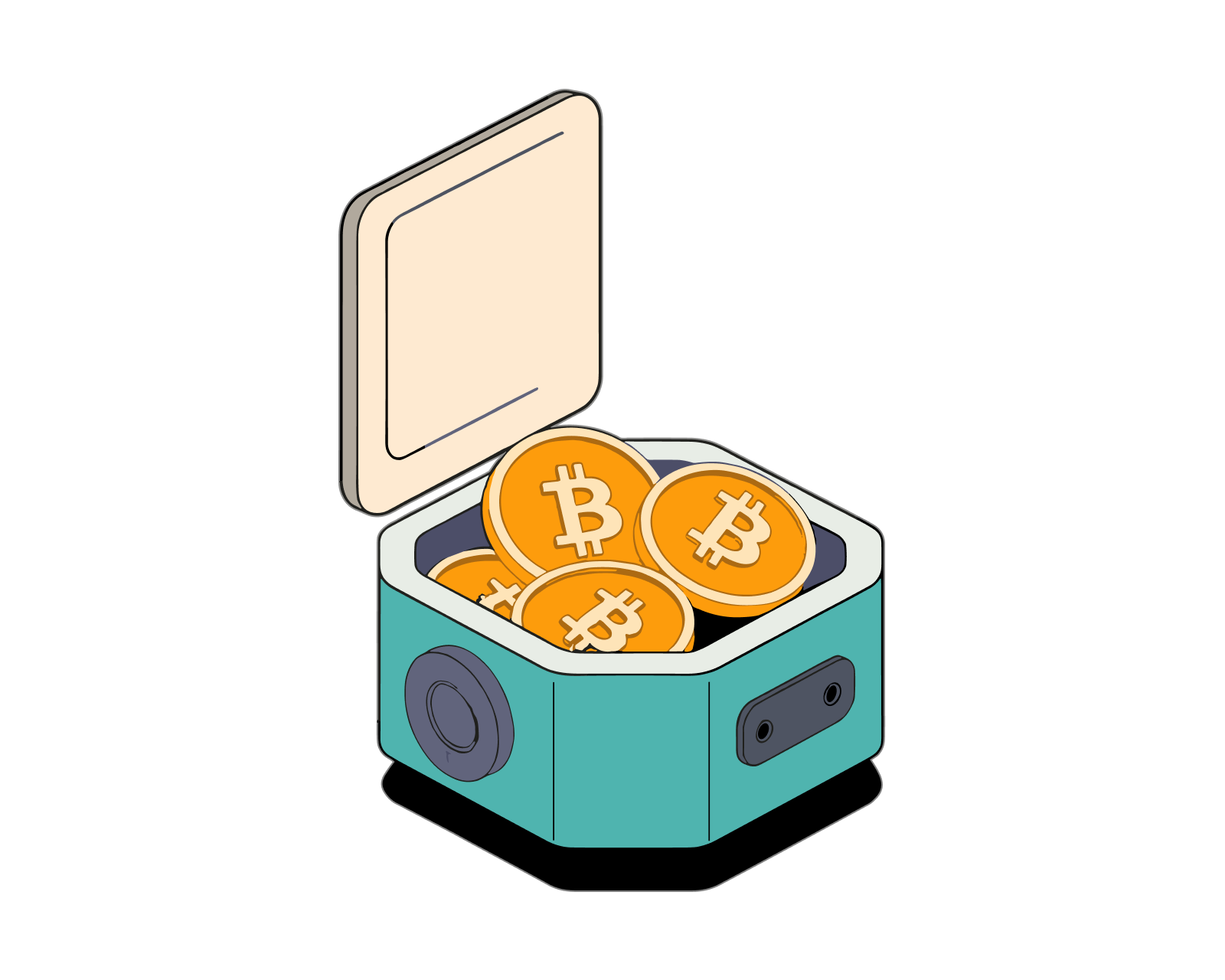
What is crypto lending?
Lending is a foundational activity in any financial system. Learn more about it.
Read this article →
What is crypto lending?
Lending is a foundational activity in any financial system. Learn more about it.

What is yield farming?
Learn what yield farming is, how it works, different types, and more.
Read this article →
What is yield farming?
Learn what yield farming is, how it works, different types, and more.

What are liquidity pools?
A liquidity pool is a collection of cryptoassets that help facilitate more efficient financial transactions such as swapping, lending, and earning yield.
Read this article →
What are liquidity pools?
A liquidity pool is a collection of cryptoassets that help facilitate more efficient financial transactions such as swapping, lending, and earning yield.

What are NFTs?
Learn about NFTs, how they work, examples of prominent NFTs, and much more.
Read this article →
What are NFTs?
Learn about NFTs, how they work, examples of prominent NFTs, and much more.
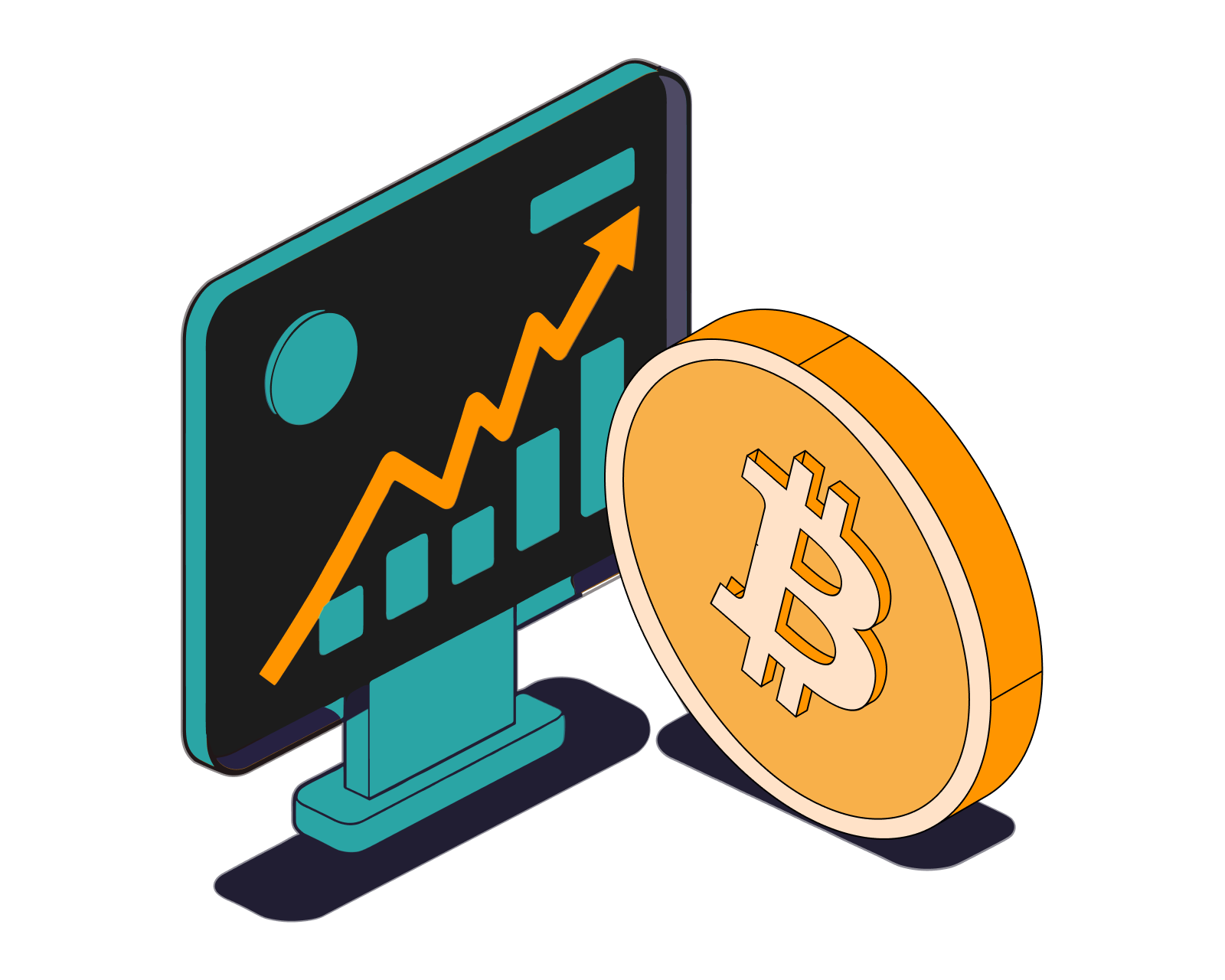
How to use derivatives in DeFi
Trade derivatives such as perpetual futures in DeFi instead of on risky centralized exchanges.
Read this article →
How to use derivatives in DeFi
Trade derivatives such as perpetual futures in DeFi instead of on risky centralized exchanges.

How to lend in DeFi
DeFi lending protocols empower you to earn interest on your deposits and/or use them as collateral to borrow.
Read this article →
How to lend in DeFi
DeFi lending protocols empower you to earn interest on your deposits and/or use them as collateral to borrow.

How to borrow in DeFi
DeFi lending protocols empower you to borrow by using your cryptoassets as collateral.
Read this article →
How to borrow in DeFi
DeFi lending protocols empower you to borrow by using your cryptoassets as collateral.
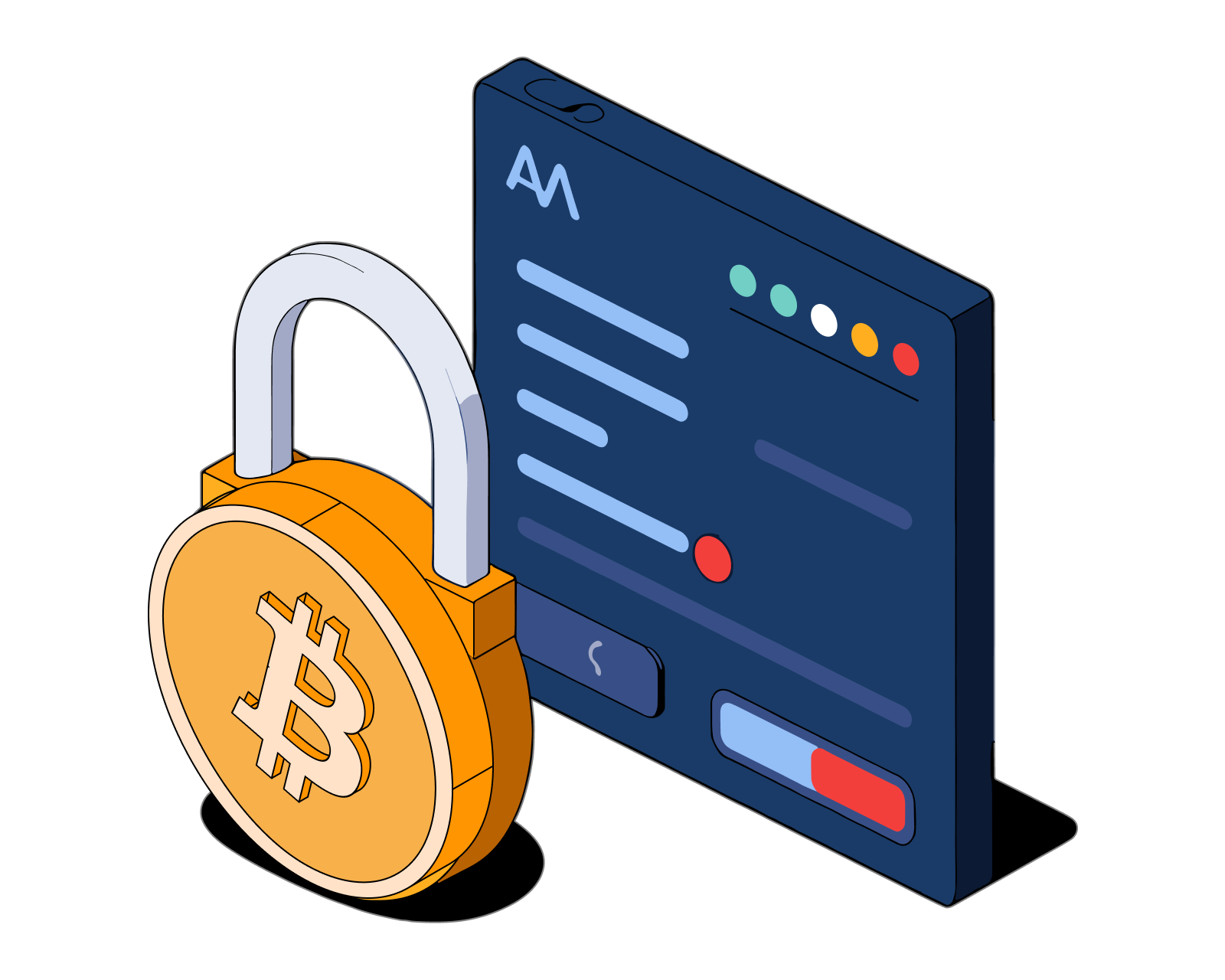
How to yield farm in DeFi
Learn about DeFi farming and get step-by-step instructions to earn rewards by depositing LP tokens
Read this article →
How to yield farm in DeFi
Learn about DeFi farming and get step-by-step instructions to earn rewards by depositing LP tokens
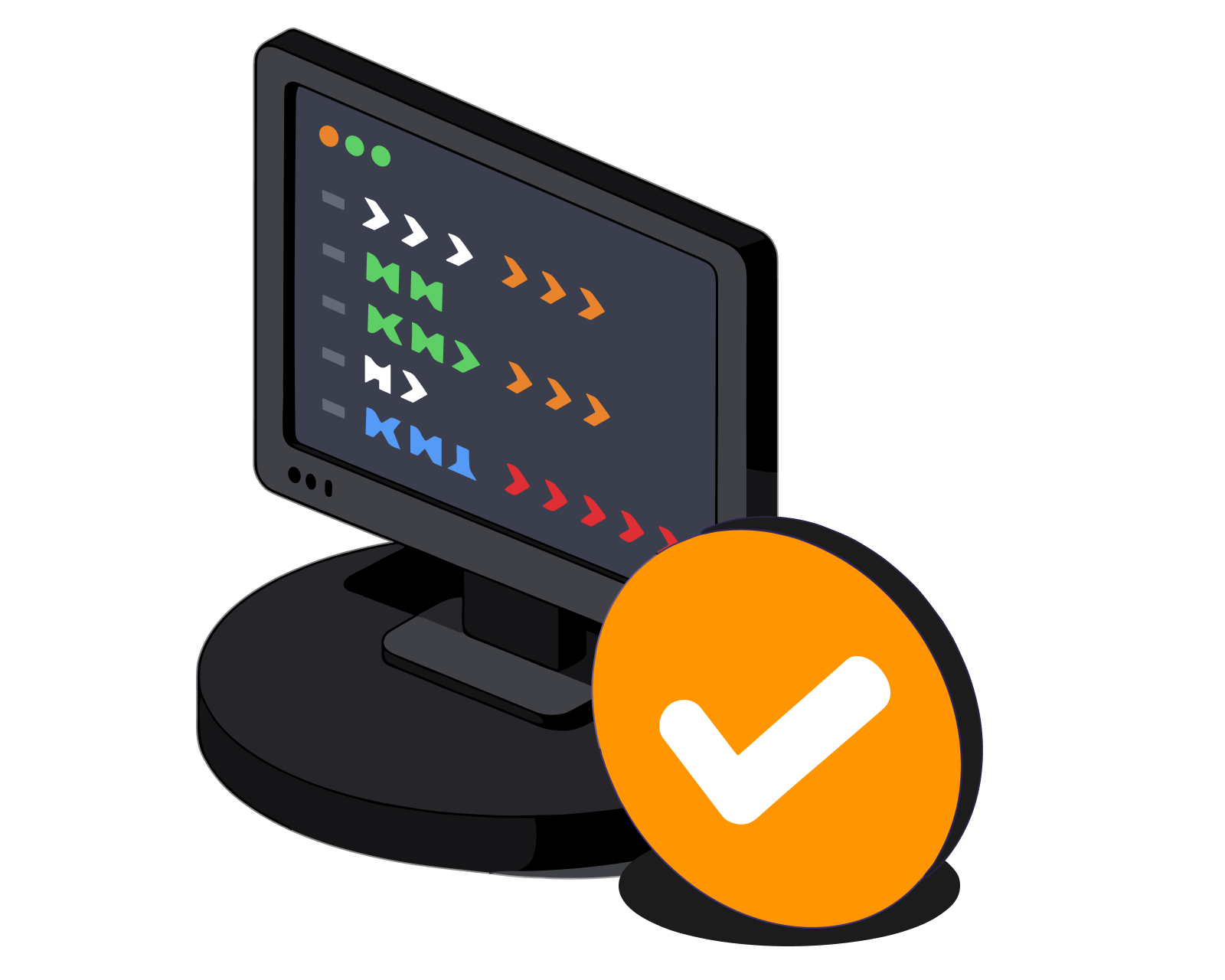
How to provide liquidity on a DEX
Learn about the importance of providing liquidity, and start earning rewards while supporting decentralized finance.
Read this article →
How to provide liquidity on a DEX
Learn about the importance of providing liquidity, and start earning rewards while supporting decentralized finance.
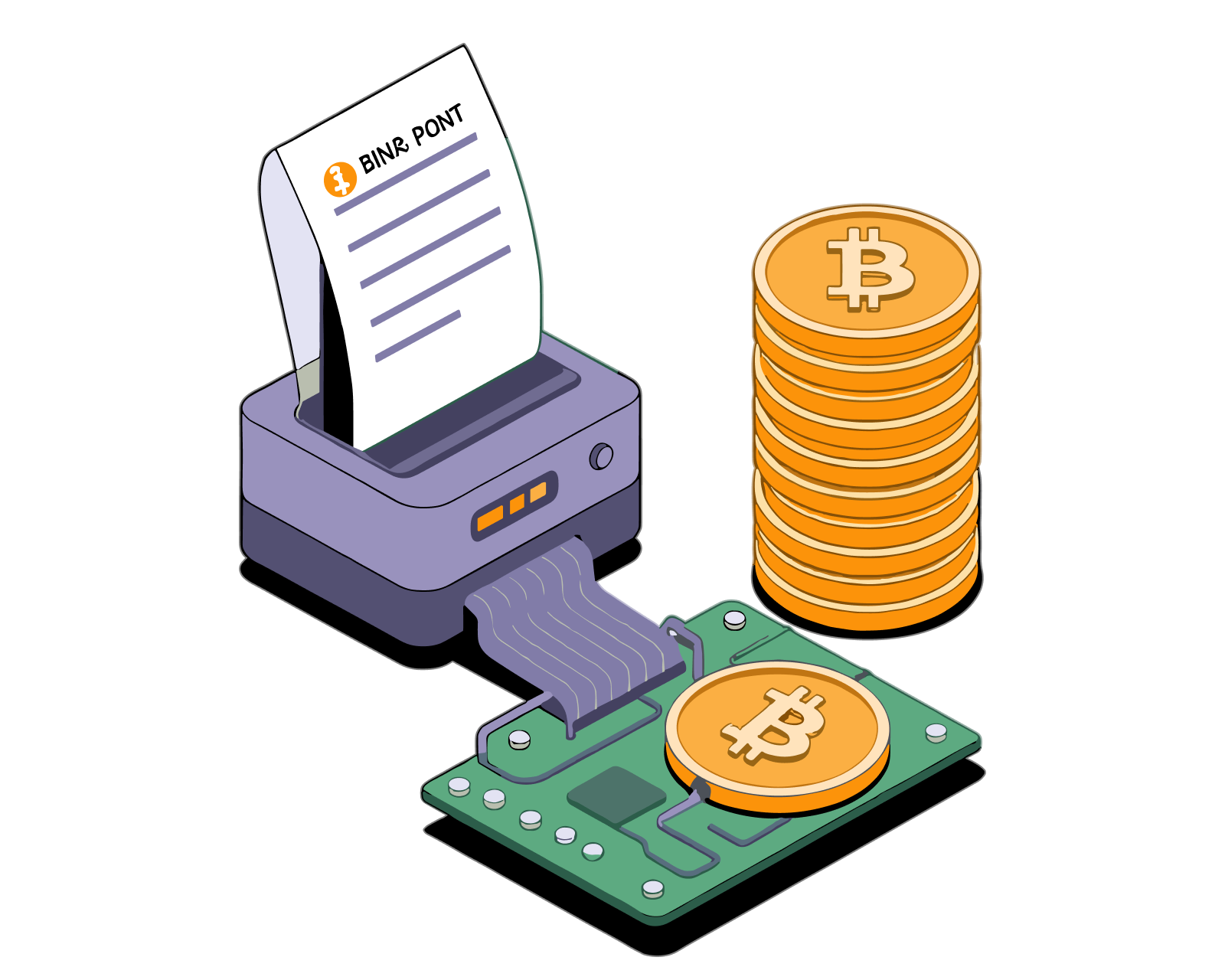

How to buy an NFT
Learn about NFTs, NFT marketplaces, and how to buy them
STAY AHEAD IN CRYPTO
Stay ahead in crypto with our weekly newsletter delivering the insights that matter most
Weekly crypto news, curated for you
Actionable insights and educational tips
Updates on products fueling economic freedom
No spam. Unsubscribe anytime.



Start investing safely with the Bitcoin.com Wallet
Over wallets created so far
Everything you need to buy, sell, trade, and invest your Bitcoin and cryptocurrency securely

© 2025 Saint Bitts LLC Bitcoin.com. All rights reserved


